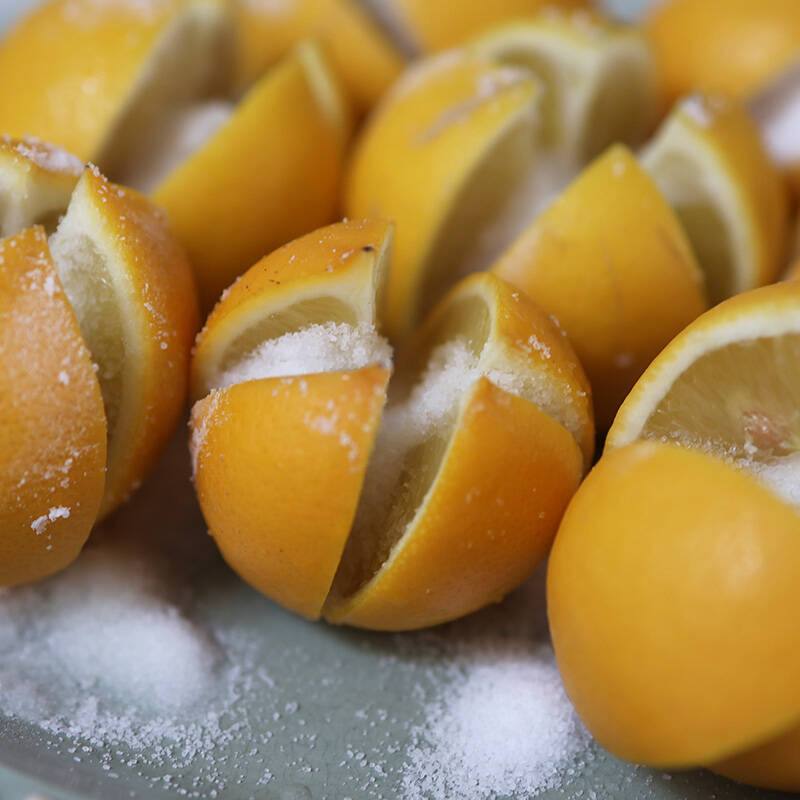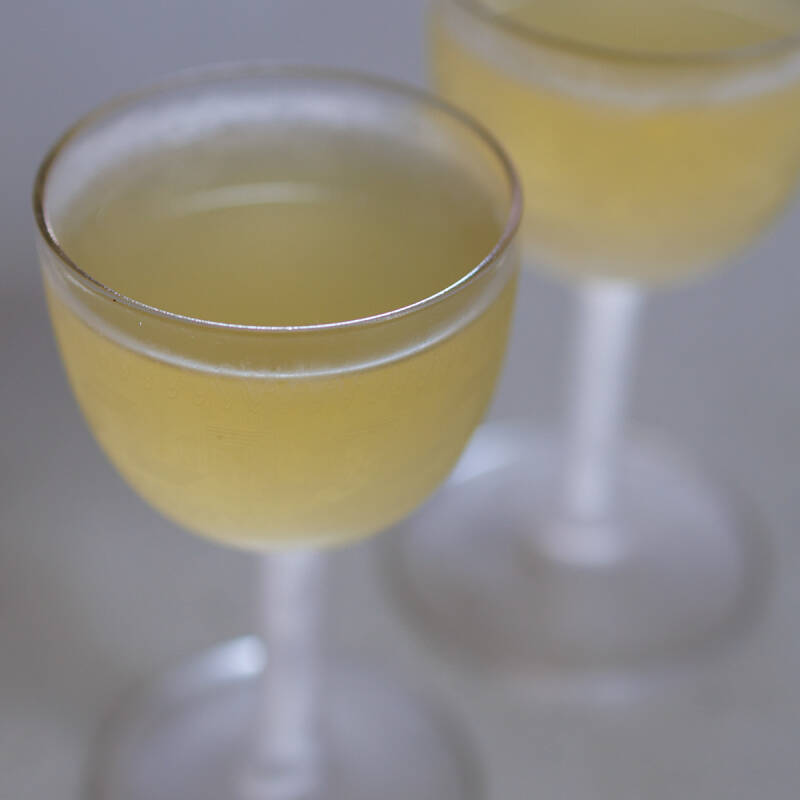I love artichokes but haven’t a clue how to turn the seemingly inviolable bud into a food; I conducted an unscientific poll among friends and realized I was not alone. So I scoured my cookbooks, studied the dictums of artichoke experts, and settled on four basic ways to cook a choke.
Fun fact: Nearly all of the country’s artichoke supply comes from California; 99.99 percent, in fact, according to the California Artichoke Advisory Board. Though the peak season is springtime (the “Artichoke Capital of the World,” Castroville, CA, holds its annual Artichoke Festival in May), artichokes are grown yearround throughout Northern and Southern California. I left the market last week with an armful of organic chokes from Ocean Mist Farms, a family-owned outfit that just happens to be the country’s single largest producer of artichokes.
N.B. If you know your way around an artichoke (or a kitchen, for that matter), leave us your tips in the comments below.
Photography by Meredith Swinehart.

Prepping artichokes for cooking
I’m not the first to express wonder at whoever discovered that the artichoke is edible. I know it’s edible, and getting at the food part still confounds me.

Step 1: Scrub and rinse
Gently scrub artichokes under cold water to remove the bitter protective film artichokes produce as they grow.

Step 2: Trim tops
Cut off the top inch of the bud using a sharp serrated knife. (Hold the artichoke very firmly with one hand; a tight bunch of leaves will be far easier to cut.)

Step 3: Trim stems only as needed
The stem is an extension of the heart, so there’s no need to cut it off. Trim the bottommost scar, or cut as short as necessary so the artichoke will fit into your cooking vessel. (Some say that the longer a stem extends, the stringier it becomes; consider peeling the outermost layer of a long stem.)

Optional: Trim tips
Cutting off the pointed artichoke tips with kitchen shears produces a professional-looking choke. Personally, I found this step tedious and have no intention of doing it again. However, sometimes the tips are actually very sharp; in those cases trimming the tips would be a great idea.

Optional: Rub cut ends with lemon juice
This step features in nearly every recipe for artichokes I read, but several chefs I admire noted that it isn’t really necessary. The lemon juice will prevent browning where the artichoke was cut, so consider doing this if you want your artichokes to look their best.

Lemon juice does help
I conducted yet another unscientific study: I trimmed two artichokes and left them sitting out for 30 minutes. I rubbed lemon juice onto the artichoke on the left, and did nothing to the one on the right.

Method 1: Steamed artichokes
Use a steamer basket if you have one and fill a pot with water just up to the bottom of the basket. If you don’t have a steamer basket, just fill an inch or so of water in the bottom of the pot.

Place artichokes buds down in steamer basket
Steam the artichokes with a lid on for from 30 to 40 minutes, until the stalk no longer resists a knife. A word to any fellow kitchen idiots: Even with the lid on, the steam will escape. If all the steam escapes, your range will char your pan. I knew this, but I did it anyway in the making of this post. You’ve been warned.

Method 2: Boiled artichokes
Make sure artichokes are completely covered in water, and boil for from 30 to 40 minutes. (Try placing a smaller lid inside the pot to keep the artichokes underwater.) Remove the chokes when the stalk no longer resists a knife.

Method 3: Baked artichokes
Drizzle olive oil inside the leaves of the choke, stuff with some minced garlic, and sprinkle with salt. Wrap each artichoke in aluminum foil, twice, so that oil and water don’t leak out. Bake the artichokes at 400 degrees for from 60 to 90 minutes, until you can easily pierce the stalk with a knife.

Method 4: Slow-cooked artichokes
Ocean Mist recommends drizzling olive oil and lemon juice between the leaves of the artichokes, and stuffing in some minced garlic. Add about 2 inches of liquid (they recommend white wine and water) to a slow cooker to keep the artichokes moist. Cook on high for from 3-three to 4 hours or on low for from 7 to 8 hours, stems down.

Results: Steamed and boiled artichokes
The steamed and boiled artichokes were similar in cooking time and appearance, but the steamed chokes had a lot more flavor; served hot or cold, the steamed artichokes were my favorite preparation. Personally, I won’t be boiling artichokes again. It was irritating to make them stay underwater, and I didn’t like how their flavor was sapped.

Results: Baked artichokes
These turned out as you might expect; with a darker, richer (baked) flavor. These would make a good foil to heavier sauces, and friends tell me that baked artichokes are ideal stuffed.

Results: Slow-cooked artichokes
My slow cooker seems incapable of destroying food the way I’ve coerced all other cooking tools into doing. These artichokes were perfectly soft, so that more of each leaf was edible than other preparations allowed.
Expand your winter vegetable repertoire further with the recipe for Mollie Katzen’s Smoky Brussels Sprouts and Onion.








Have a Question or Comment About This Post?
Join the conversation